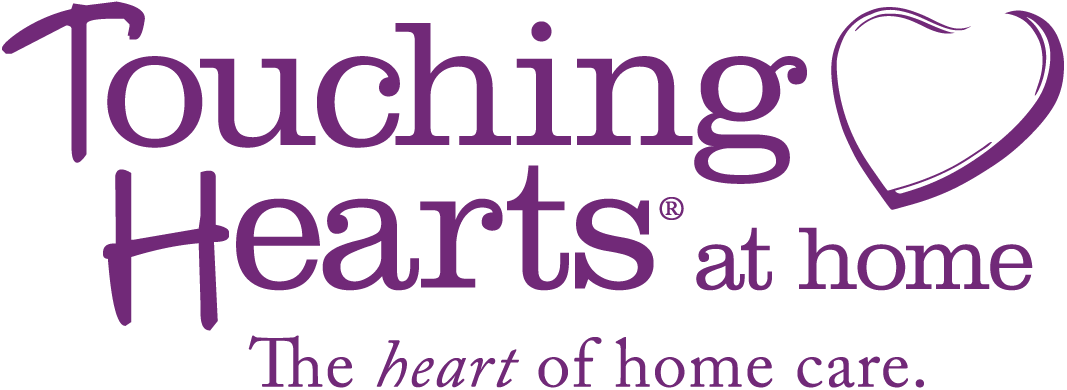Your ability to attract and retain top nursing professionals directly shapes patients' quality of care. While the […]
This post is part of a 3-part series on caregiver burnout. Read part 1 here and part 3 here.
Burnout is both a personal problem and a business problem, according to Careswitch's VP of Growth, Connor Kunz.
Burnout is one reason why over the last five to seven years, the industry has averaged 60% to 90% caregiver turnover rates each year. “Finding enough caregivers is hard enough without losing caregivers to burnout,” says Kunz.
“Burnout is both a very serious challenge that impacts a small group of caregivers very severely and a broader range of caregivers at a lower level,” he said.
For serious forms of burnout that involve depression and life-threatening issues, employees should both engage in self-care and seek clinical resources. For persistent lower-level burnout amongst caregivers, business owners need to proactively equip their caregivers to handle the mental and emotional challenges that happen on the job.
Signs and Symptoms of Burnout
“As health care workers, we all play a critical role in the lives of those we care for, and so it is essential to be aware of the signs of burnout and to know how to prevent it,” says CareAcademy's Nurse Educator, Adrianna Ware.
Burnout is a state of emotional, physical, and mental exhaustion caused by prolonged stress. It is characterized by feelings of cynicism and detachment, reduced job satisfaction, and decreased efficiency.
Caregiver burnout can manifest itself in red flags such as physical fatigue, emotional exhaustion, and feelings of frustration, hopelessness, and resentment.
“When someone is in an emotional space that prevents them from wanting to take care of anything or anybody else, that person isn’t in a great space to be a caregiver,” says Ware.
Common signs and symptoms include:
- Physical exhaustion even after getting adequate rest
- Sleeping too much
- Headaches, muscle aches, and other physical symptoms.
- Emotional exhaustion, feelings of hopelessness, frustration and resentment.
- Depersonalization, becoming detached from loved ones and clients
- Decreased job satisfaction
- Decreased efficiency and difficulty completing tasks
Burnout, Bad Habits, and Depression
If left untreated, burnout can lead to depression, substance abuse, and even suicide.
CareAcademy’s course, Recognizing and Preventing Caregiver Burnout, offers a case study describing the emotional toll that losing clients can have on caregivers and the slow slide into depression that can result without effective intervention. Watch Sam's story:
By preparing and equipping caregivers with training, employers can help prevent burnout, according to Kunz. The first question is job proficiency—do caregivers know what they need to do their job confidently? The second is self-care—are employees trained on how to look after themselves? Do they know how to emotionally process the death of a client and other emotionally challenging scenarios associated with the job?
See how Sam ultimately recovered and gained a new sense of purpose at work:
Business owners should strongly encourage and enable their healthcare workers to prioritize self-care, and be a resource to help caregivers who are experiencing stress.
A Top-Down Approach to Minimizing Stress
Challenges in the caregiving field can be stressful for everyone involved, which is why it’s so important to look at business processes. The level of stress your caregivers feel is likely to be inversely proportional to the quality of processes and level of organization in your businesses, says Kunz.
“If you as the business owner feel like you don’t have time for all the things you need to get done, if you as the business owner feel like you are constantly reacting in your business rather than being proactive, employees can feel that. If you feel like you lack the organization and processes you need, that bleeds down to your caregivers' experience," explains Kunz.
For example, if a caregiver experiences an incident or a last-minute change on the job and they reach out to the office for help, but can't get a hold of anyone, that caregiver feels additional stress. The lack of organizational support indicates to the caregiver that there is some form of chaos behind the scenes. That experience of not having support when they need it will then affect your caregiver both in their day-to-day interactions with your agency and on the job with clients.
Communication and Relationship Building as Keystones to Retention
Two-way communication allows you to learn what caregivers need—whether it's training, help from their supervisor, a different supervisor, or a different schedule. Here are some touchpoints to consider when assessing a caregiver’s needs:
- Consider your role in the caregiver’s financial well-being. A large percentage of caregivers live paycheck to paycheck and many work for multiple agencies at once. If it’s possible, try to provide the schedule they need and offer a path to wage increases.
- Provide regular check-ins outside of the need to communicate logistics. Check-ins help to foster relationships, promoting retention. Check-ins will also help you to more effectively identify employees at risk of health problems like depression due to challenges on the job.
- Be communicative and responsive when they reach out to the office. Your team should have a reliable way to reach the office, fast. Although this goes without saying, sometimes it’s easier said than done. Make sure that your team always knows how they can reach their point of contact.
- Provide multiple channels for caregivers to provide feedback and suggestions. Be sure to have an anonymous channel. There are things that your employees may be afraid to tell you that could be valuable input.
- Think empowerment. Ask yourself: How can you equip your caregivers for success at every turn?
By practicing your own listening and awareness skills, you will be better equipped to interact with caregivers who need your encouragement and support.
“I was having a conversation with somebody recently who I was recognizing burnout in, and I asked her: When was last time you had a good belly laugh?" says Ware. "If a caregiver is experiencing burnout, encourage them to find something that they like to do and to get around people that they love.”






